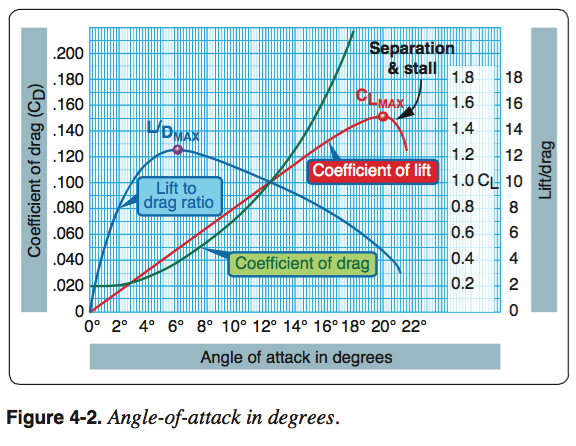
In slow flight, the pilot is flying “on the back side of the power curve,” because as angle of attack increases near the stall, it takes increasingly more power to maintain altitude. Also, even a slight increase in pitch attitude can cause a rapid decay in airspeed. FAA Airplane Flying Handbook
Loss of aircraft control remains the No. 1 killer of general aviation pilots, according to the National Transportation Safety Board (NTSB). At an industry roundtable hosted by the NTSB at its Washington, D.C., headquarters in April, the hot topic was how better training and technology can help pilots do a better job of flying their airplanes safely. (For a complete video archive and transcript of the discussion, visit the NTSB.)
Several of the participants suggested that flight instructors generally need more experience with slow flight and stalls so that they can teach their students to quickly and confidently recognize and recover from these conditions.
“Let’s make sure our instructors are learning what it means to be on the back side of the power curve,” said Doug Stewart, president of the Society of Aviation and Flight Educators (SAFE). “I need to teach my students to hear what the airplane is saying to them,” he said, noting that not all airplanes are equipped with an audible stall warning system.
The FAA Airplane Flying Handbook was updated in 2016, and the chapter on slow flight and stalls is now titled Maintaining Aircraft Control: Upset Prevention and Recovery Training. The FAA defines an upset as “an event that unintentionally exceeds the parameters normally experienced in flight or in training,” such as excessive pitch attitudes and/or bank angles, or “flying at airspeeds inappropriate for the conditions.” The handbook suggests that to avoid upsets, pilots should receive upset recovery and prevention training, including slow flight, stalls, spins and unusual attitudes.
Aerobatic instructor and airshow legend Patty Wagstaff teaches courses in upset recovery at her facility in St. Augustine, Florida. She told Flying that many of her customers who are already licensed pilots "have never done a deep stall, meaning they only approach a stall before recovering. They also are very quick to reach for the throttle to recover from the stall. I tell them, what if you lose your engine? This doesn't mean you can't recover from a stall or fly the airplane."
A recent change to the FAA’s Airman Certification Standards (ACS) for private pilots requires applicants to demonstrate slow flight at “an airspeed at which any further increase in angle of attack, increase in load factor or reduction in power would result in a stall warning (e.g., aircraft buffet, stall horn, etc.).” The idea is that pilots will learn to recognize and recover sooner from a developing stall condition.
In addition to seeking upset recovery and prevention training, general aviation pilots can also take advantage of numerous technological advances designed to enhance flight safety. Electronic angle of attack indicators are available as aftermarket installations or as standard equipment in some makes and models. Several aircraft manufacturers, including Cirrus, now offer Garmin's Electronic Stability and Protection system, which automatically senses and corrects an unusual attitude or upset.
Many insurance carriers also recognize the long-term value in upset recovery training, and offer discounts for pilots who complete such programs. The bottom line is, loss of control accidents are preventable with the right combination of pilot training and awareness.

Subscribe to Our Newsletter
Get the latest FLYING stories delivered directly to your inbox






